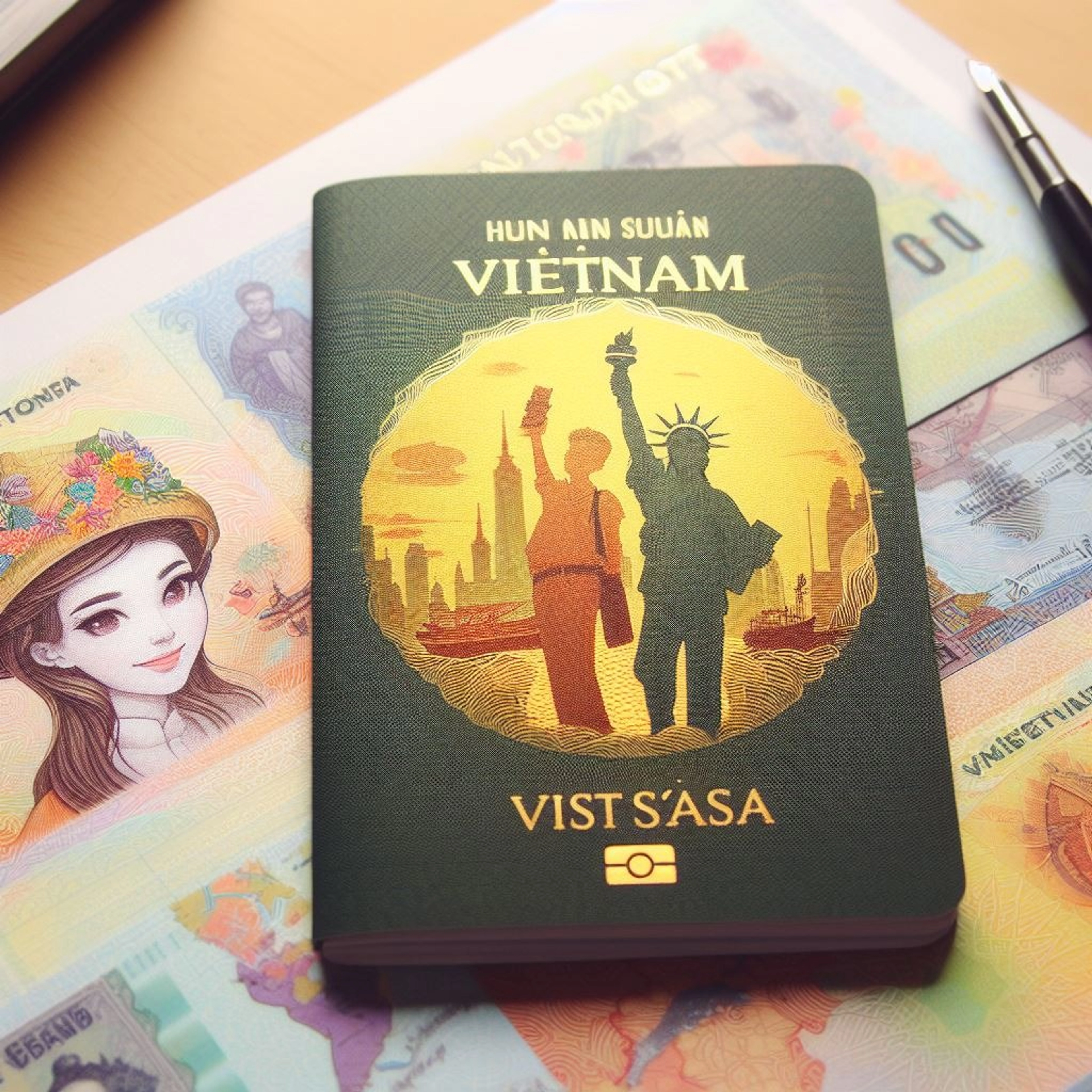

Vietnam is a country full of vitality and excitement to explore. You can enjoy the beautiful beaches, the spectacular landscapes, the unique cultural heritage, and the delicious food of Vietnam. To have a perfect trip, you need to prepare well for the necessary documents, the most important of which is the visa. The visa is a permit that allows you to enter and stay in Vietnam for a certain period of time. You can apply for a visa through the embassy or consulate of Vietnam in your country, or you can apply for an e-visa online through our website. The e-visa is a new type of visa that Vietnam has implemented since 2017, which allows you to apply and receive the visa quickly and conveniently via the Internet. You just need to fill out the application form on our website, pay the service fee, and then you will receive the approval letter by email within 2 working days. When you arrive in Vietnam, you just need to bring the approval letter, your passport, a photo, and the stamping fee to get the visa stamped on your passport at the airport or international border checkpoint. It’s simple and time-saving, isn’t it?
On this website, you will find all the information you need about how to apply for an e-visa to travel to Vietnam. You can see the types of visas, the countries that are applicable, the fees, the steps to apply for a visa, and the frequently asked questions. You can also see the travel guides and tips for having a safe and enjoyable trip in Vietnam. Moreover, you can also read the reviews and ratings of the customers who have used our service and share their experiences. We always want to give you satisfaction and trust when using our service.
If you are ready to start your journey, please click on the Apply Visa Now button to fill out your e-visa application form. If you have any questions, please contact us by email, phone, or live chat. We are always ready to support you anytime and anywhere.
Copyright © 2022 BDATrip.com | All rights reserved.